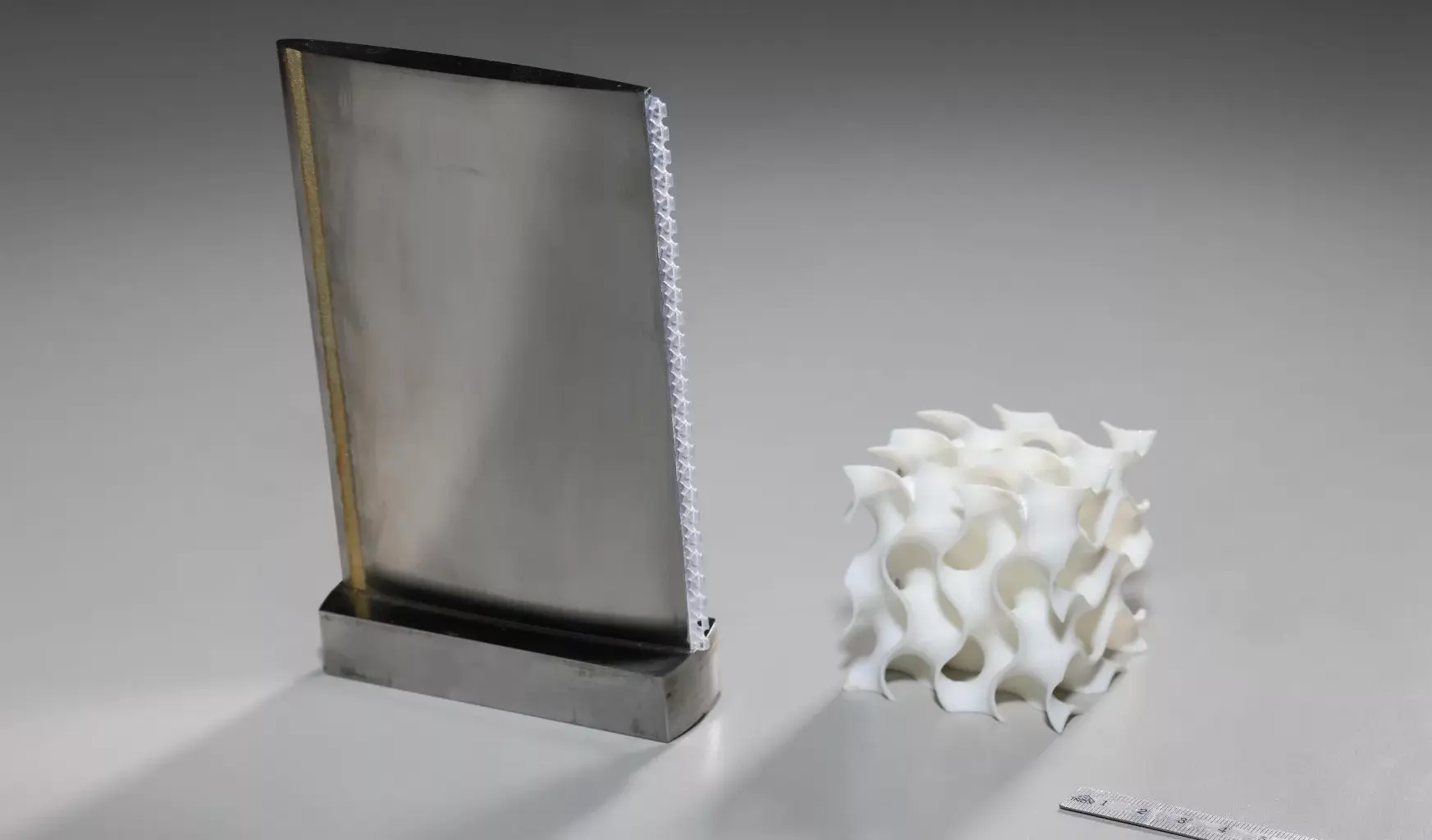When fluid flows past a blunt object at high speeds, it creates unstable swirling patterns called Kármán vortices. These swirling forces can cause the object to vibrate and produce noise, which becomes dangerous if the vibrations match the object’s natural frequency, a situation known as “lock-in.”
Lock-in can lead to strong, sustained vibrations across a wide range of flow speeds. This issue, called Vortex-Induced Vibrations (VIV), is a major concern in engineering, affecting structures such as offshore platforms, underwater pipes, aircraft parts, bridges, and tall buildings.
Over the years, countless flow control techniques have been proposed to mitigate VIV. However, they also revealed the presence of spectral peaks at high frequencies.
In the relentless hum of rotating machinery, a quiet revolution is underway. At the Institute of Mechanical Engineering, EPFL, researchers Thomas Berger and Mohamed Farhat have crafted a deceptively simple yet highly effective device that dramatically reduces flow-induced vibrations, a persistent challenge in systems ranging from turbines to underwater propellers.
Hackers can steal data via cooling fan vibrations
Berger, armed with deep expertise in 3D printing, took an experimental path less traveled. Rather than relying solely on simulations, he combined mathematics with coding and 3D computer modeling. Each iteration brought new insights, and after countless hours of trial and error, one particular geometry emerged as a standout performer.
The shape is called a gyroid, a twisty, curvy 3D design that looks like a maze made of smooth surfaces. It’s full of tiny holes, super light, yet surprisingly strong.
“It’s a fascinating shape derived from mathematics, but that also has beneficial mechanical properties,” says Berger.
To test the gyroid, Berger 3D-printed one using plastic resin and attached it to the back edge of a steel blade. He then ran experiments in a miniature wind tunnel. The outcome? No swirling vortices formed, meaning no vibration. Just smooth, silent flow.
ETH researchers create a stiff material that stops vibrations and noise
“This particular shape nips vortex formation in the bud!” says Farhat. “And it doesn’t alter the blade’s performance.”
The big mystery is still unsolved: how exactly does the gyroid stop those swirling vortices from forming? Berger admits he did things a bit out of order; he found the fix first, and now he’s figuring out why it works.
His clever design has caught the eye of investors, and the next challenge is to see if the gyroid can handle more demanding environments, like the intense flow inside turbines. The journey from lab to real-world machines is just beginning.
Journal Reference:
Berger, T., Farhat, M. Gyroid as a novel approach to suppress vortex shedding and mitigate induced vibration. Sci Rep 15, 25777 (2025). DOI: 10.1038/s41598-025-11199-0

